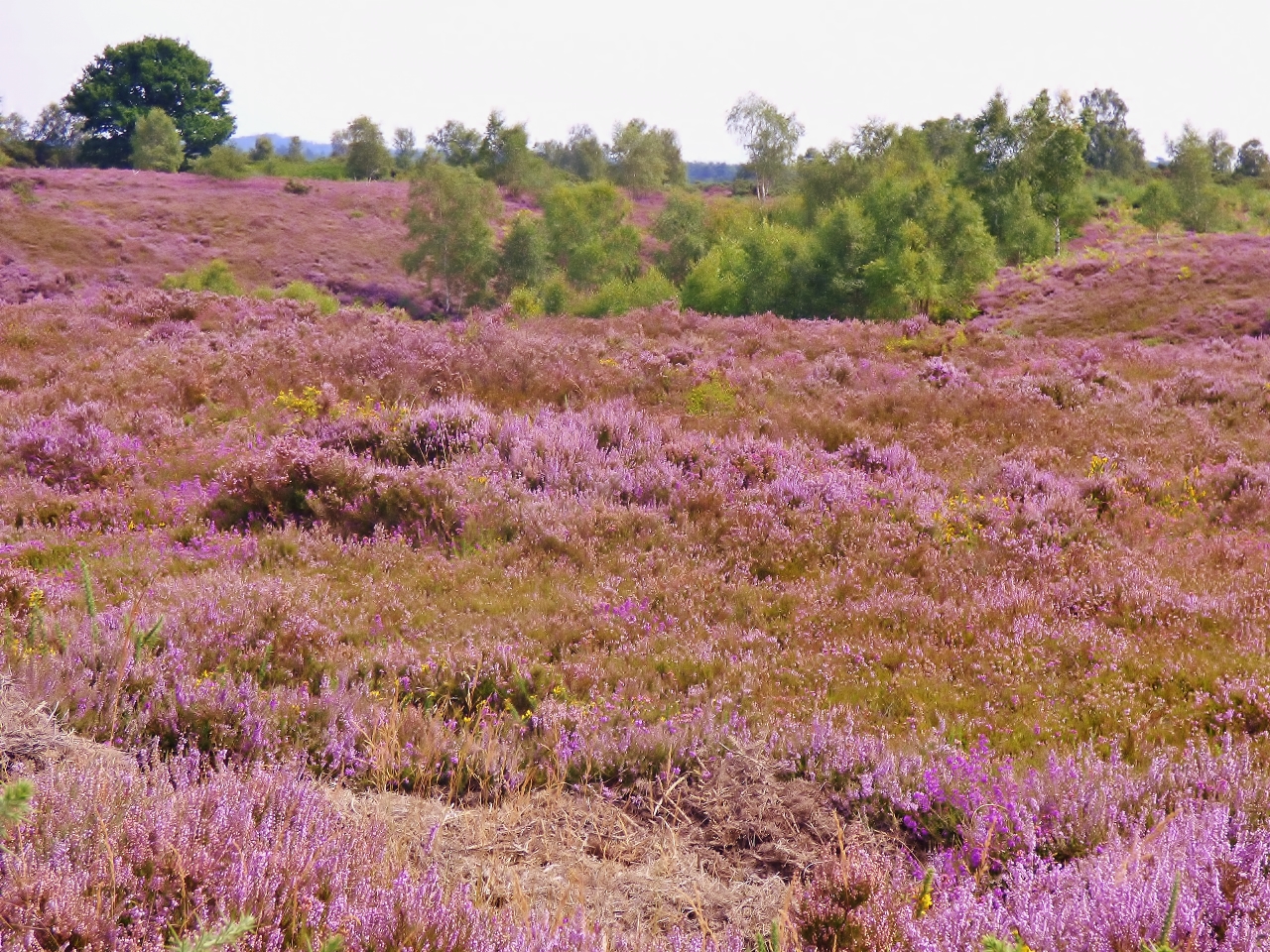The bees would use invert straight away and not store it in the comb.... unlike cane sugar granulated syrup that they would??
Yeah right. LOL. They take the invert syrup down FAST and of course they store it in the combs.
Also....unless you are buying Tate and Lyle sugar you are most probably feeding beet rather than cane sugar. Most brands available are beet. The differences in the older bees texts and still spouted by some traditionalists are mythical.
Ambrosia/ApiInvert/InvertBee.....all made largely from beet.
Remember...one of the early tactics of the Ambrosia vendors...and I KNOW as I was the Ambrosia vendor before Struan (for only a short while though) ...coached by the Danes who are the next step back up the chain...is that you can feed as much as you like because 'it is not detectable in honey' and 'not illegal'.
The truth on these two counts is 'yes it is' and 'no its not, but a grey/black area if used to produce white 'honey'.
You have to bear in mind that the amounts of these products fed in certain areas are, by our standards, quite phenomenal. Its not hard to get double the UK average if you shove 70Kg of invert down their necks per season.
70...80...and even 100 Kg per colony per annum....were figures given to me by the actual beekeepers when meeting them. (Not all said figures so large.)
Makes our 14Kg, or 21 if they need a spring top up, or 28 in emergencies in most cases seem miniscule. Not additional btw.......14 Kg winter feed for all, then if needed 7Kg in spring and again if desperate 7Kg in June so MAX 28kg.
Also in Denmark I saw that one major outfit had fondant on throughout the heather season, from the moment they took the bees onto the moors. They said...probably correct...it prevented starvation and kept the queens laying in dearths. Less stored that way but probably still a little. (Fwiw it is fed inside a hivetop feeder with the barrier removed rather than directly on the topbars as is the normal in the colder parts of the year. Above a feedhole seems to be a UK peculiarity.)
Feeding before and at the heather is a serious subject and probably merits a whole thread of its own rather than be a sideline in one about a decent little film.
















































